Meju
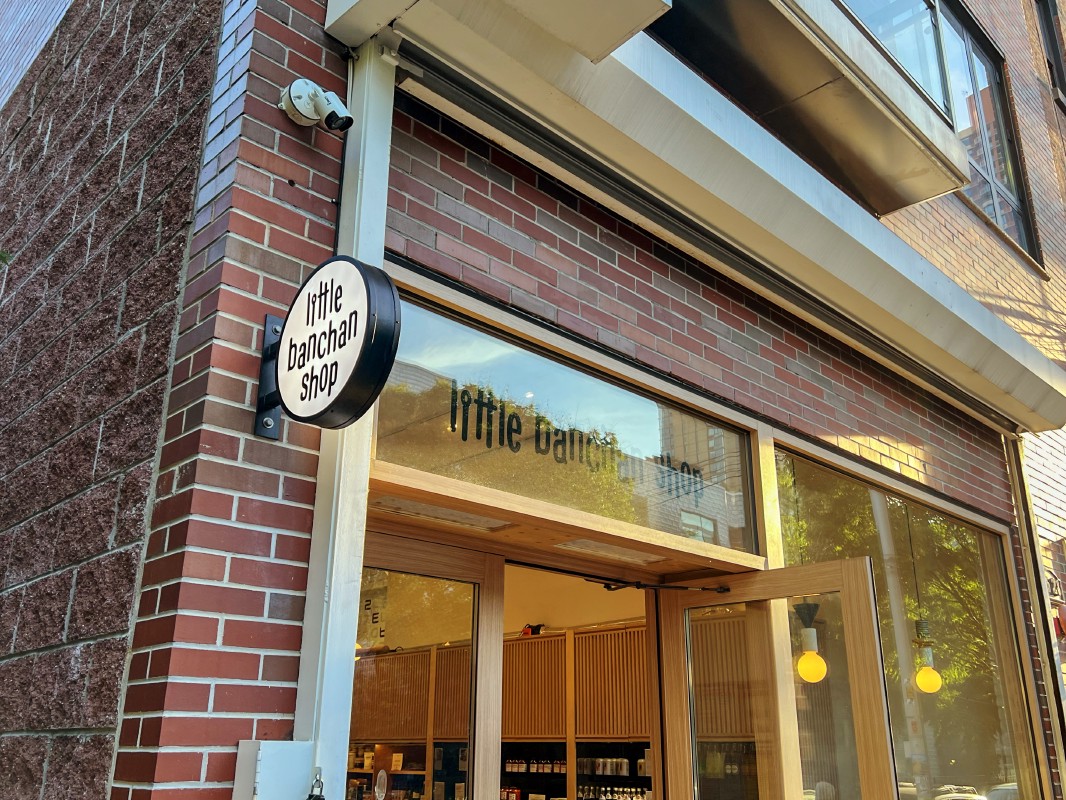
Long Island City is basically turning into an upscale, modern day Flushing-type environment. There has been a recent surge in the last few years of Asian restaurants popping up all over the place. Close to the popular Vernon Blvd area is a fermentation studio called “Little Banchan Shop”. They sell little Korean side dishes. The owner decided to open a restaurant in the back, Meju. We were able to get reservations a month in advance on Tock for 7 PM on a Saturday evening.
From the website:
Meju is a traditional Korean fermentation restaurant located within Little Banchan Shop in Long Island City, NY. This is Chef Hooni Kim’s third restaurant, after Danji and Hanjan. Meju is the culmination of all of his years of experience as a Korean chef.
The price of the dinner tasting per person is $215 before taxes & fees. Note that when you book your reservation on Tock, they will charge and tack on a 20% service charge on the subtotal and add any taxes (8.875%) and fees ($5 Tock fee). I suppose the nice part about this is that if you don’t order drinks, you can pretty much go there not expecting to pay anything.
The Natural Wine & Korean Spirit Pairing was $135, which I ordered.
Ambiance & Service
The ambiance is dark and subtle, reminding me of atmosphere of The Menu film. There are only 8 seats and 1 seating per night. They play music that’s not too loud, and they lower it whenever the chef wants to speak. The chef’s desire for this type of restaurant was to preach and share natural fermentation flavors. One bold statement he said was that the next day we’d all feel healthier and livelier after eating his meal.
The chef also wanted to explain the reasoning and backstory of each of the fermentations involved in each of the courses, and he also encouraged the diners to ask questions too. He truly was desiring this to be a “8 guests eating in my kitchen” type experience, and it certainly felt very welcoming.
The service was great and very accessible because it’s such a small restaurant. They initially forgot one of my pairings, but they started serving me extra portions such that I was getting a bit tipsy towards the end.
Food
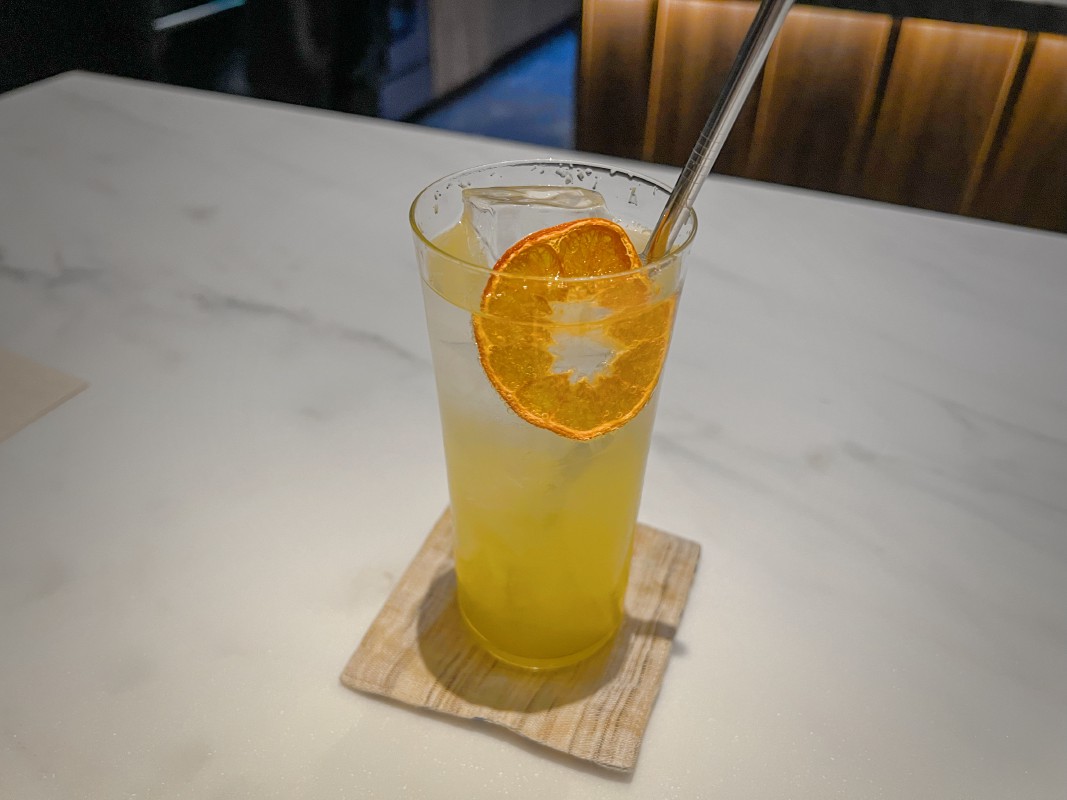
The Jeju Citrus Fizz ($14) has no alcohol. This was very refreshing and delicious. The citrus was sweet and subtly tart.
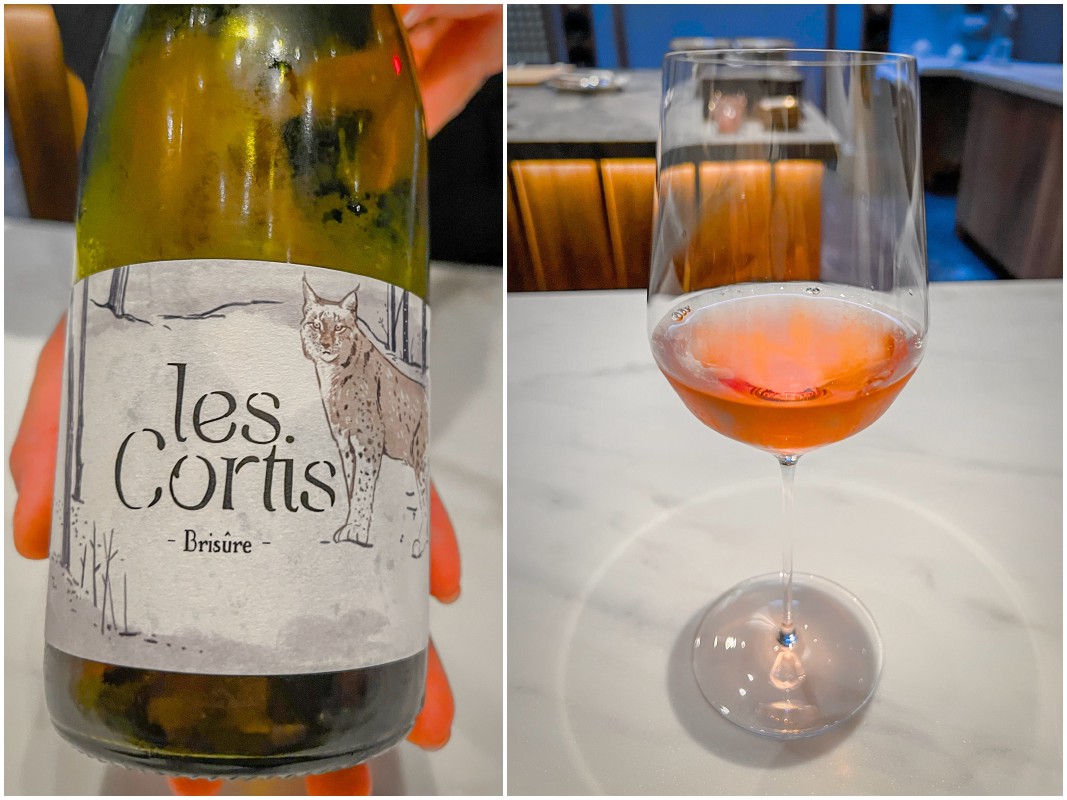
The first pairing was a natural wine, Les Cortis, Brisûre. This is a blend of Chardonnay, Roussette (Altesse), and direct press Gamay. It has a slight pink hue to it. To the nose, it has a nice stone fruit aroma and has noticeable minerality to it.
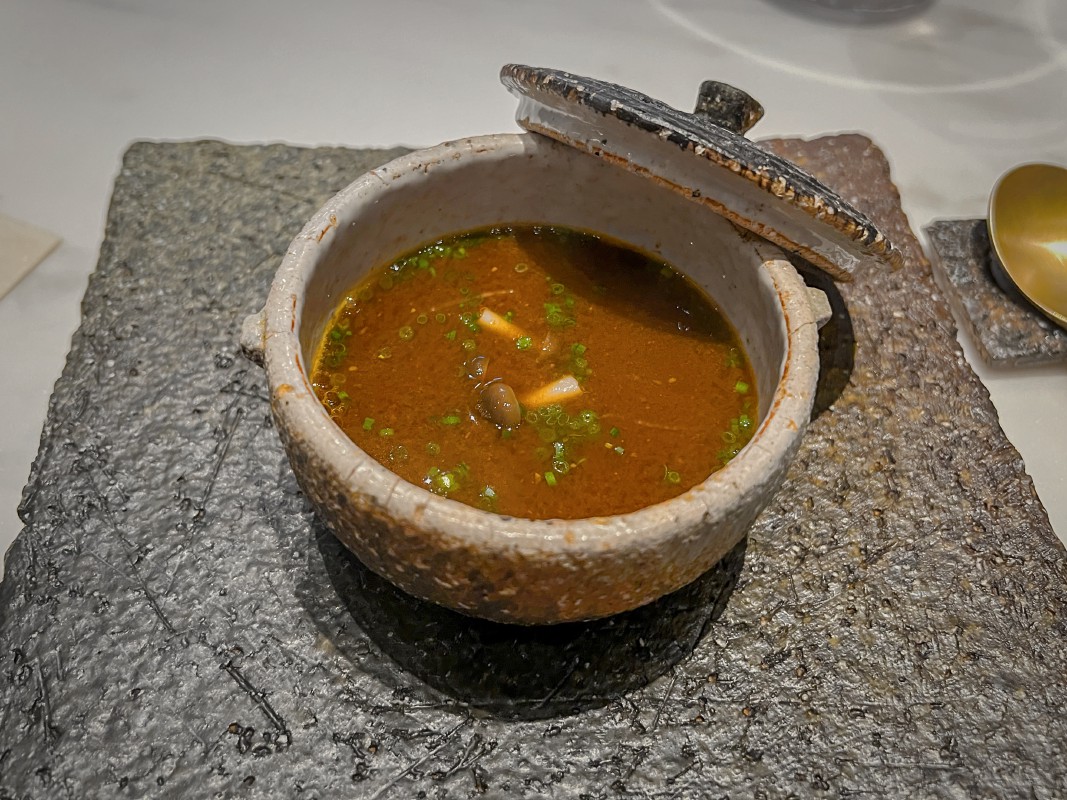
The Doenjang + Tofu was absolutely stunning. It was a freshly softly-made tofu and had some chives and mushrooms to garnish the top. They pour the doenjang (soybean soup) on top. What was different about this doenjang than others, is this was definitely a bit bolder in flavor, likely due to the fermentation. It was really good, refreshing, and not too salty.
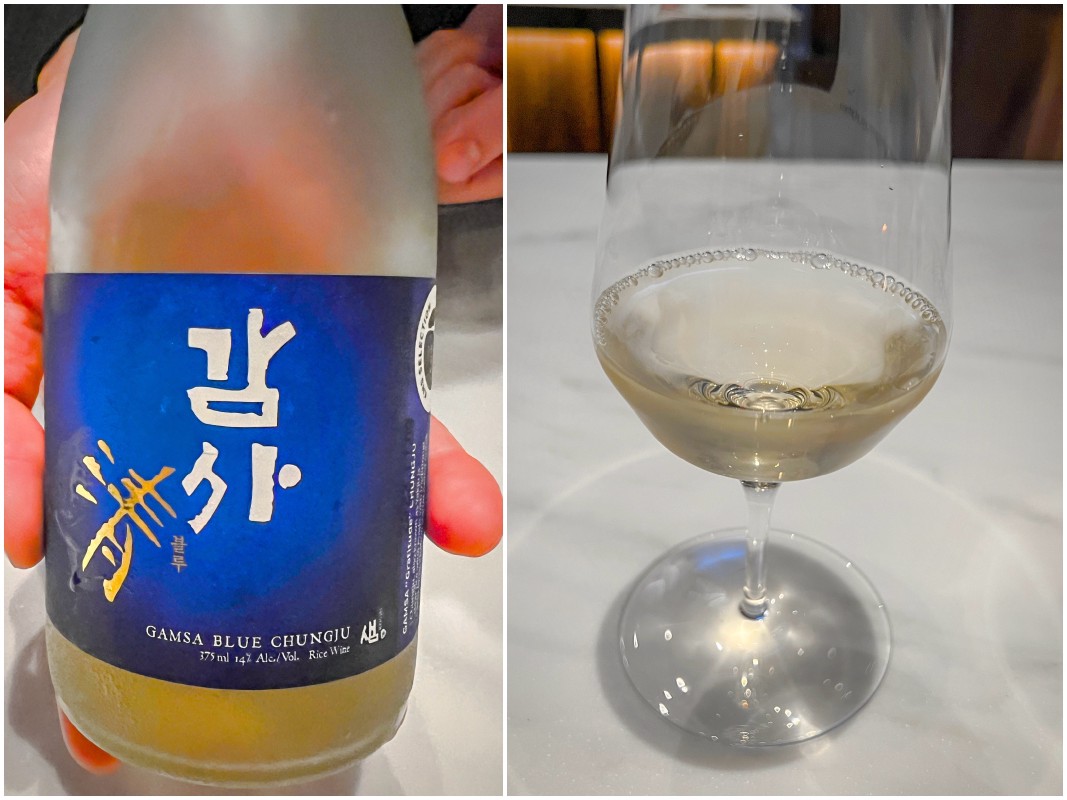
The second pairing was a Gamsa Blue Chungju rice wine. This tasted like a filtered sake to me.
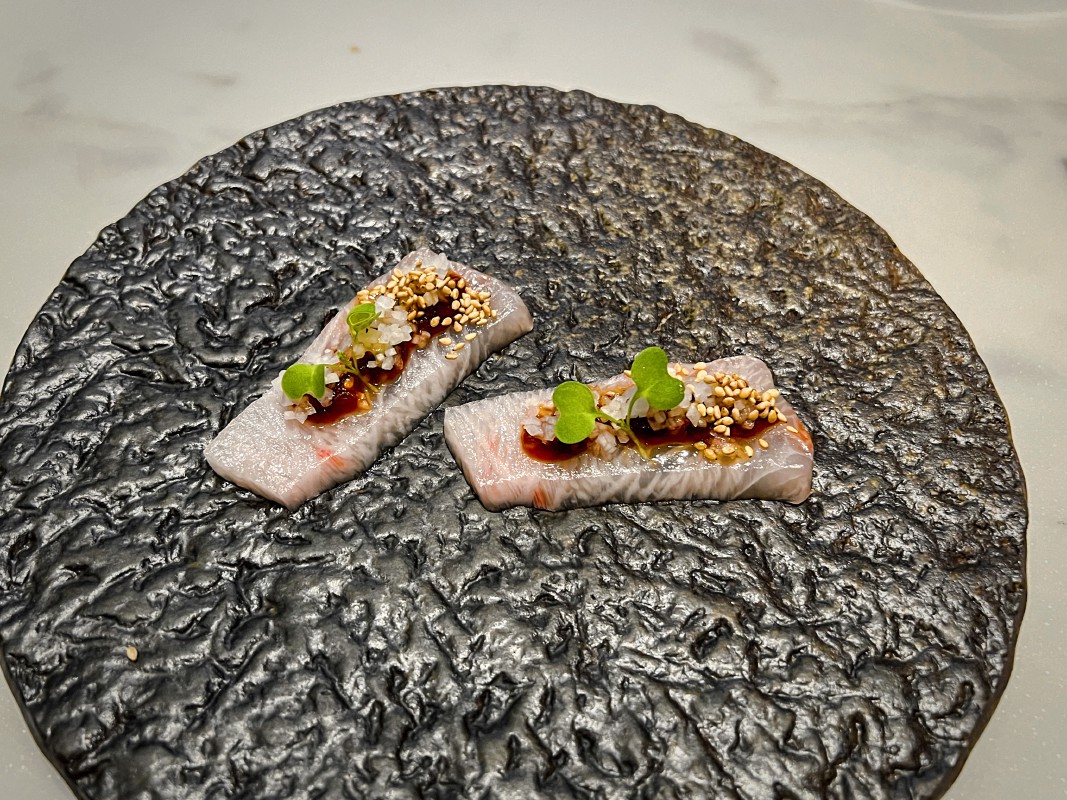
The Gochujang + Hwe was an amberjack, radish, shallot, and wasabi on top. This had some gochujang (red pepper paste) that was not that spicy and had a lot of nice flavors to it.
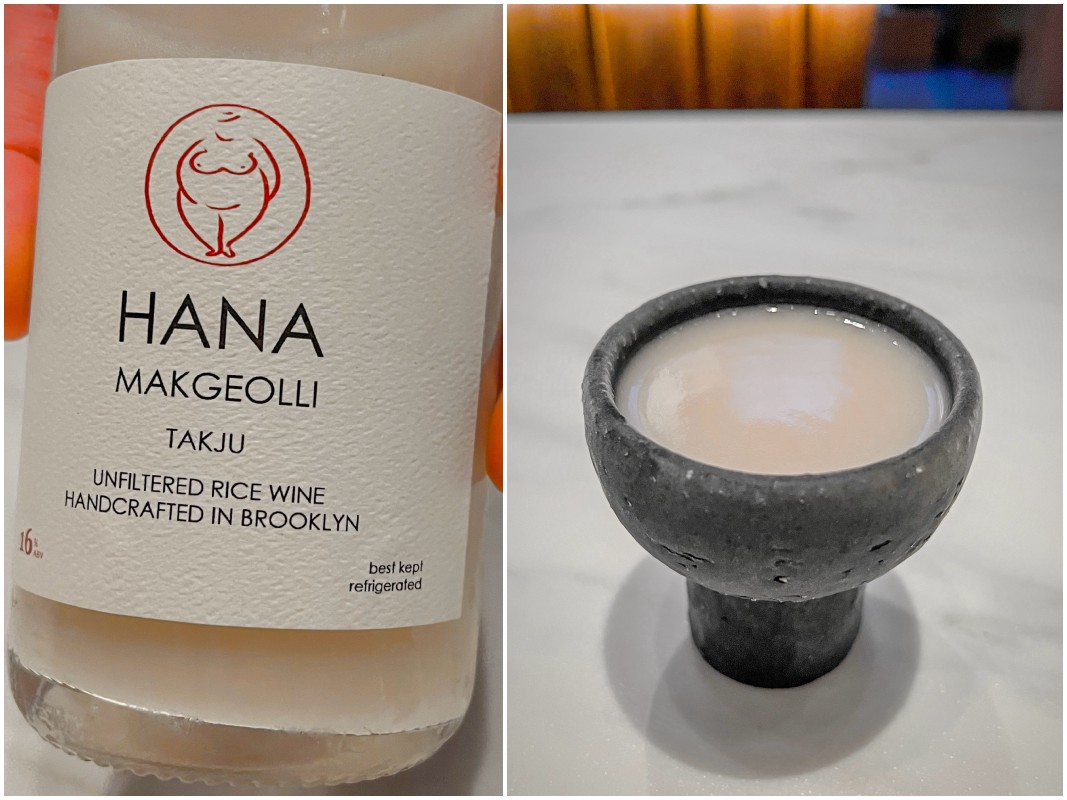
The third pairing was the Hana Makgeolli unfiltered Korean rice wine made in Brooklyn. This was very similar to other unfiltered sakes I’ve had in Japanese cuisines.
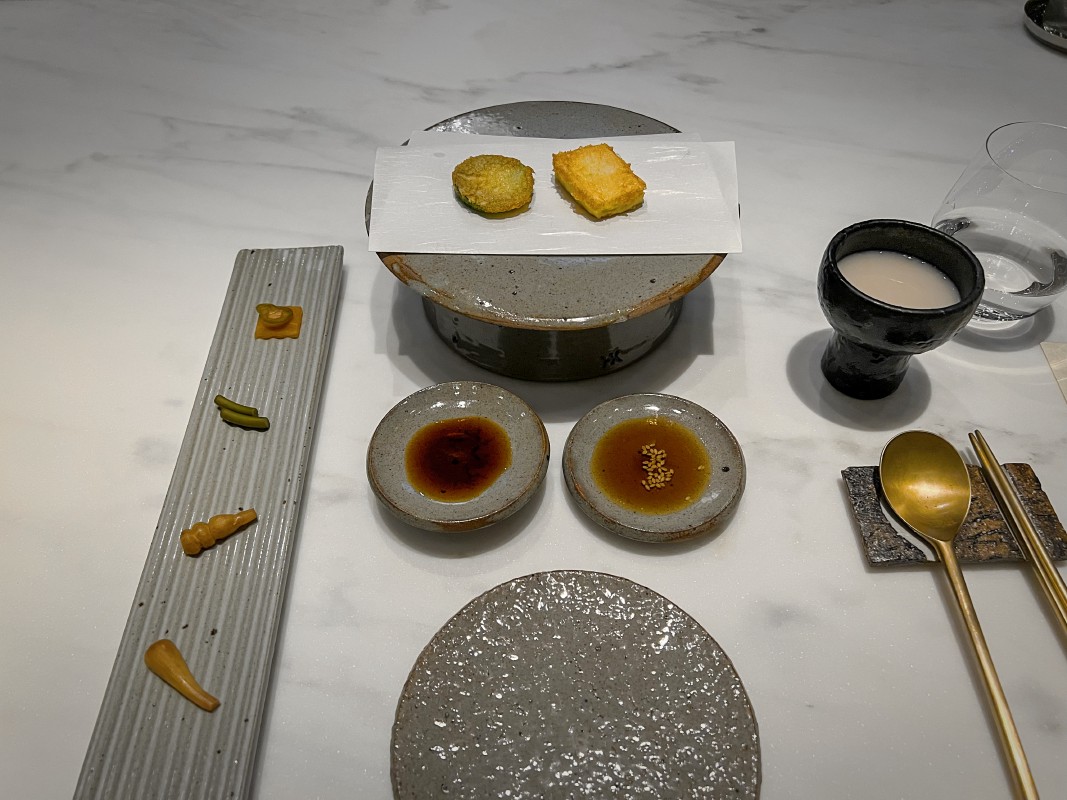
The Ganjang + Jeon was different soy sauces with jeon (foods). In this course, they ask that you sample the different soy sauces with the different foods to get a feeling of how different soy sauces can be. On the left is Korean squash from some farm and Tofu from somewhere else. They ask that you dip into the soy sauce directly in front of each of the jeon. The left soy sauce was bold and not that salty, whereas the right soy sauce had this nutty sesame flavor and had some sweet notes to it.
To the left, there is a vertical plate of soy pickled vegetables: red bulbs, kron (?), garlic scapes, and radish onion and pepper. These all tasted very similar to the side dishes you’d get at Korean BBQ, but with much more finesse in the pickling process.
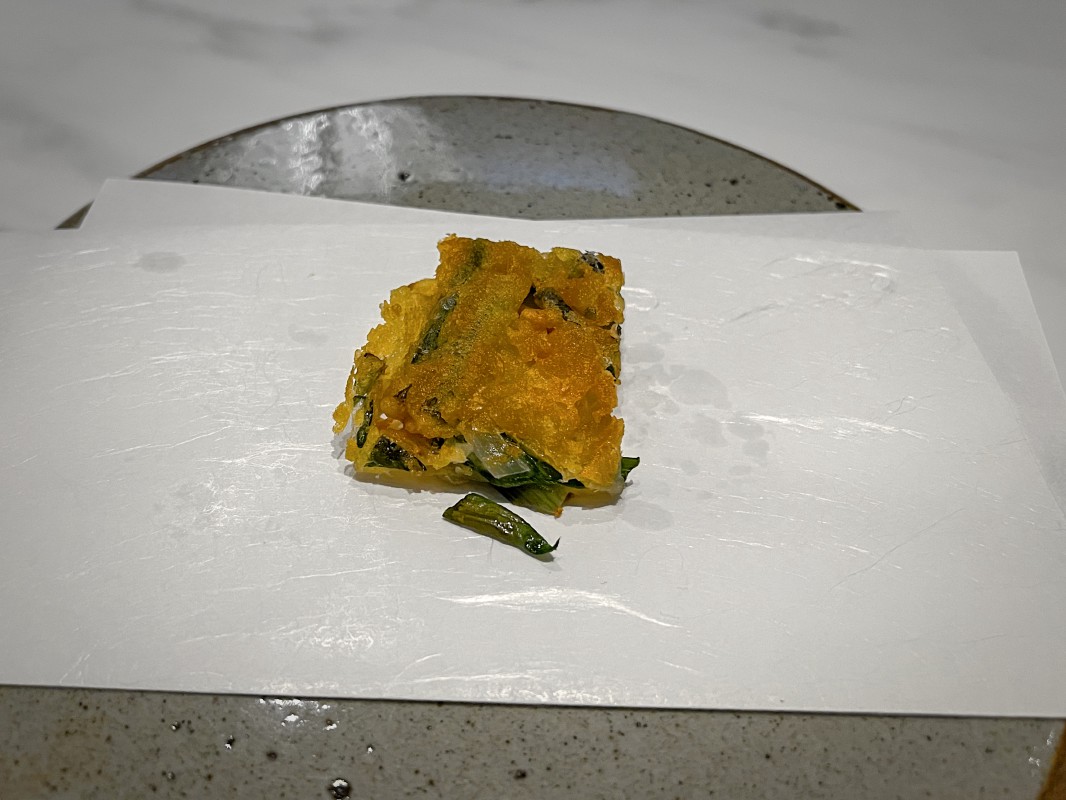
The Red Bulb and Scallion Pancake was delicately fried. You can dip it in either soy sauce or both.
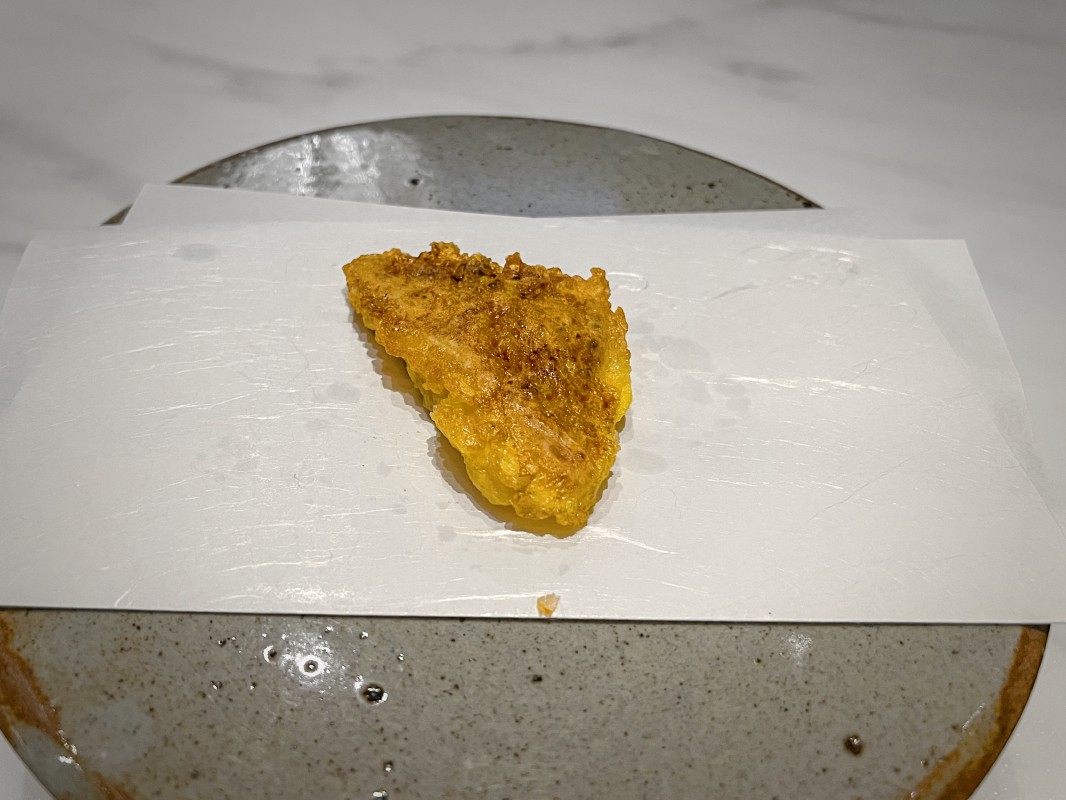
The Sea Perch was a very fatty white fish that had a special aged 100+ year old soy sauce already basted on top. The chef asks that you do not dip this and eat it as is. The aged soy sauce gave it a nice aroma that adds a slight umami to the nose and not disturb your consumption of the fish.
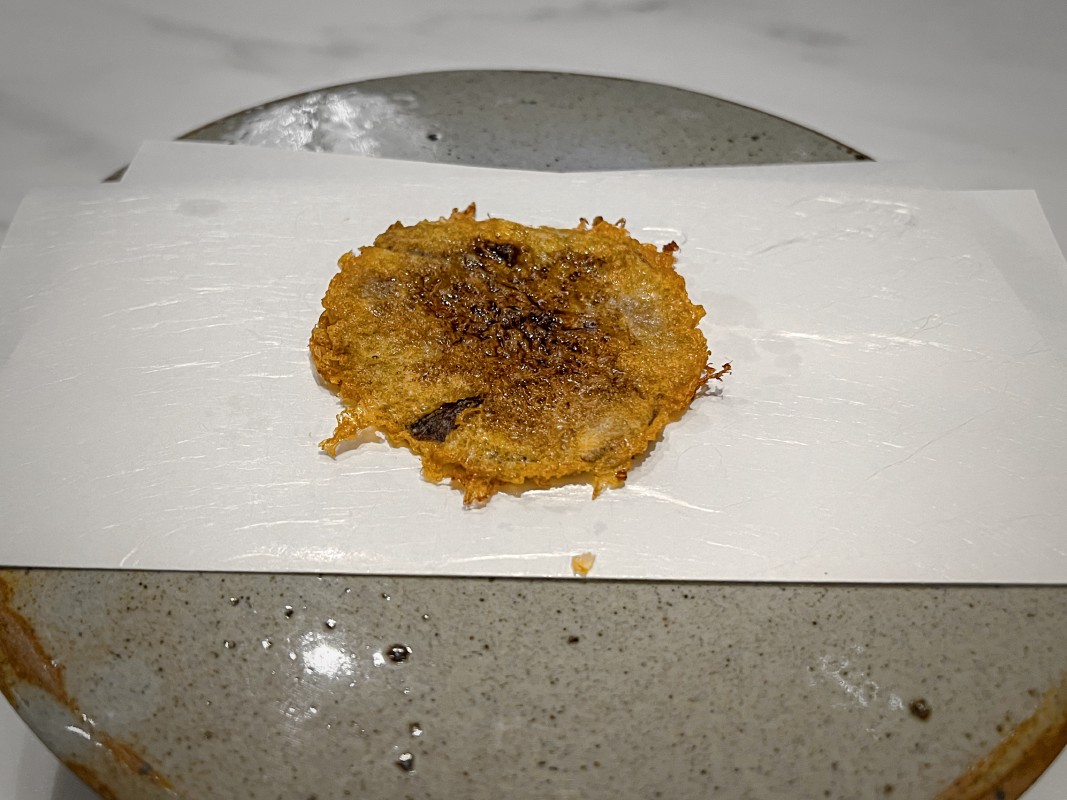
The Beef Tenderloin was from Niman Ranch and was also basted with this 100+ year old aged soy sauce. The beef was very delicious.
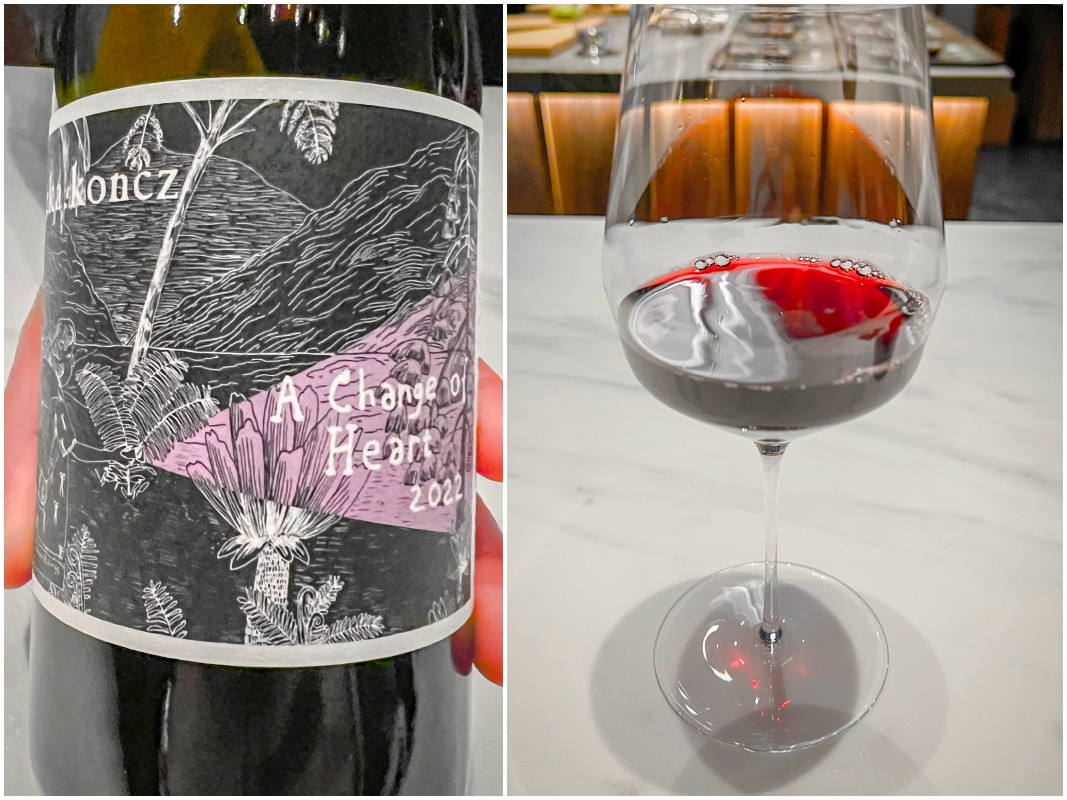
The fourth pairing was a natural red wine called “A Change of Heart” from Réka Koncz, Hungary 2022. This wine was delightful. It’s fruity and juicy with a little earthy flavor notes to the smell and palette. It finishes very smooth.
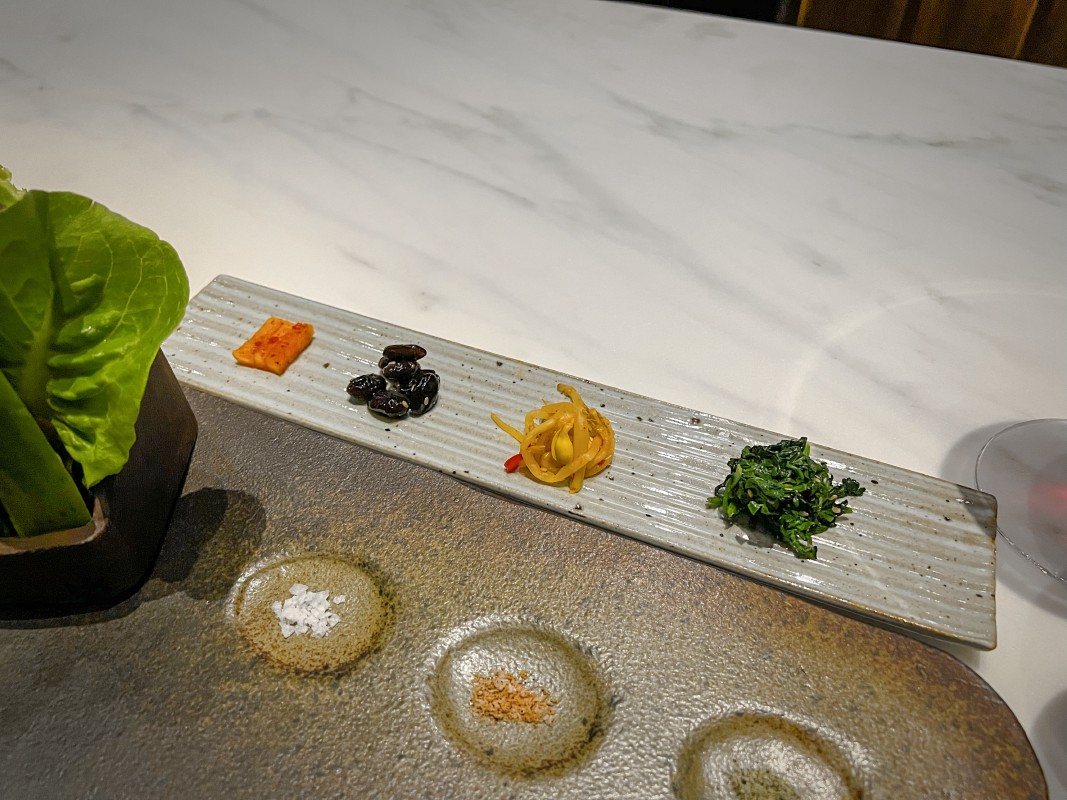
The Ssamjang + Beef for the next course had a medley of things to play with. At the top from right to left was: watercress, spicy soy bean sprouts, sweetened black beans, and Korean radish. For salts at the bottom from right to left was: seaweed salt, black garlic salt, and Jacobson flake salt. I found myself using more of the seaweed salt for some reason.
The chef gave us 2 different types of ssamjang. The one at the top was saltier, bolder, and somewhat complex in flavors. The one at the bottom was closer to typical Korean places but it was very flavorful and finished with some nice umami to round the palette. As you eat each of the meat bites, you can either wrap the meat with the vegetables or eat the veggies separately.
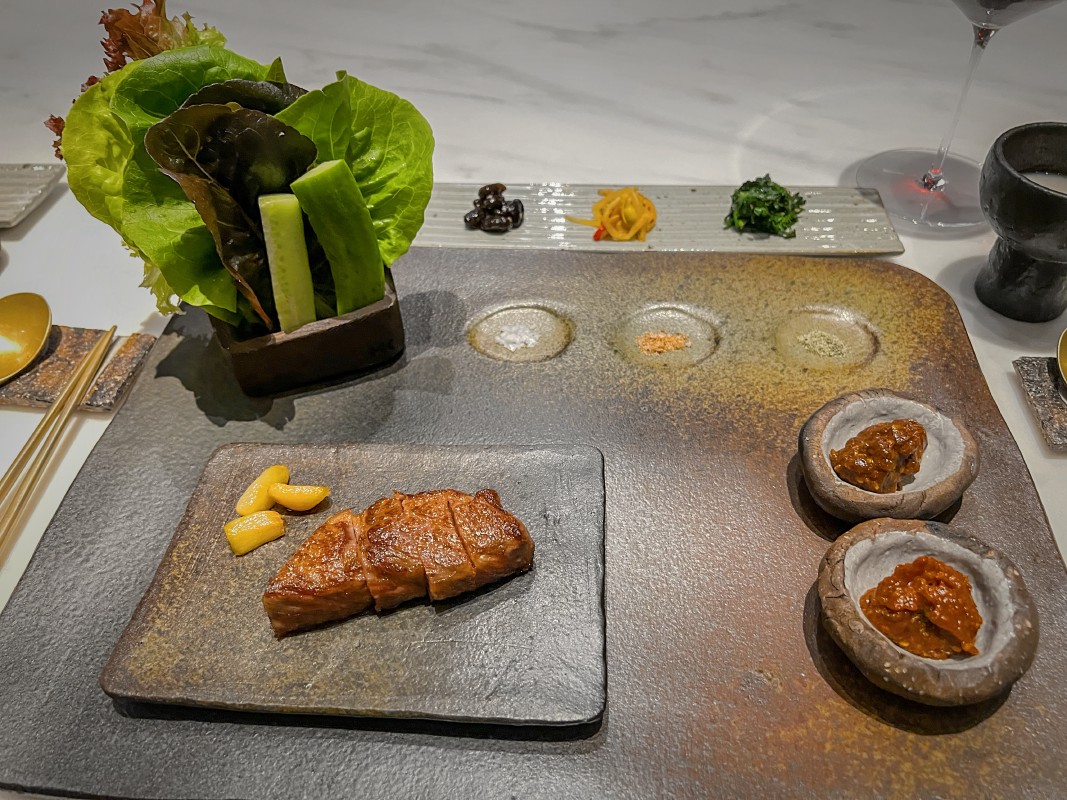
This was the Sirloin with pan roasted garlic. The sirloin, as expected, was absolutely buttery delicious. It reminded me a bit of the meats cooked at Cote and Bom.
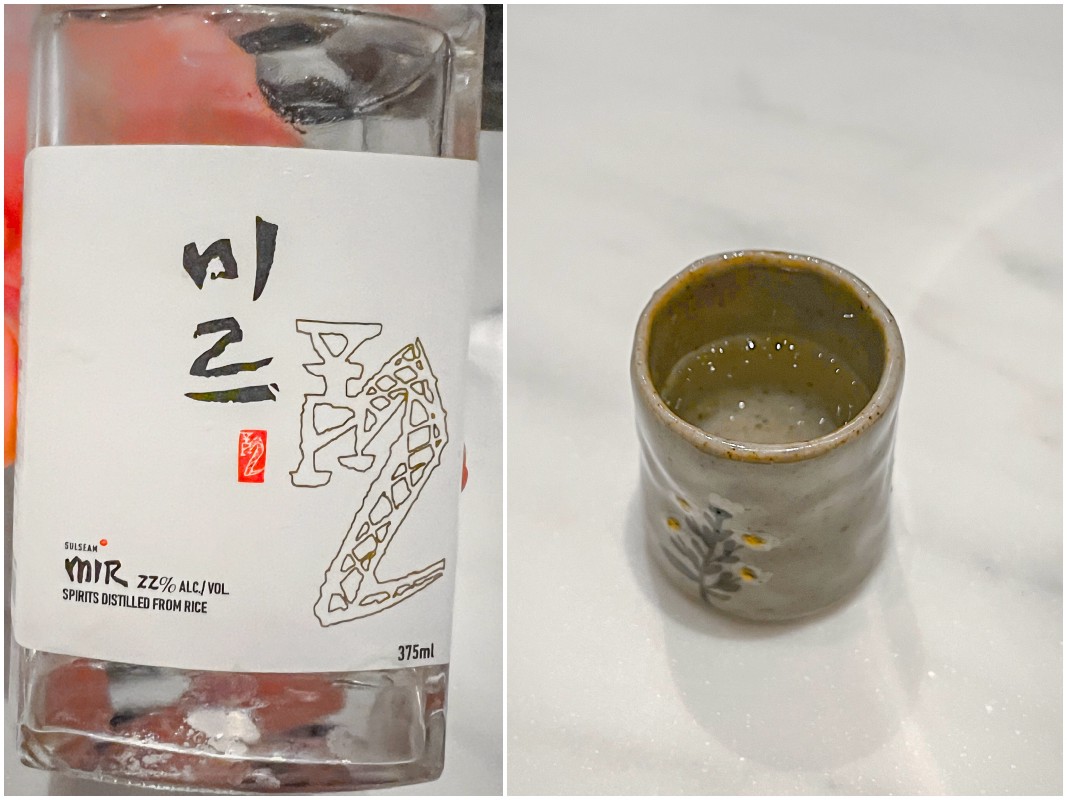
The fifth pairing was a Sulseam spirits distilled from rice. This reminded me of basically soju that was higher end.
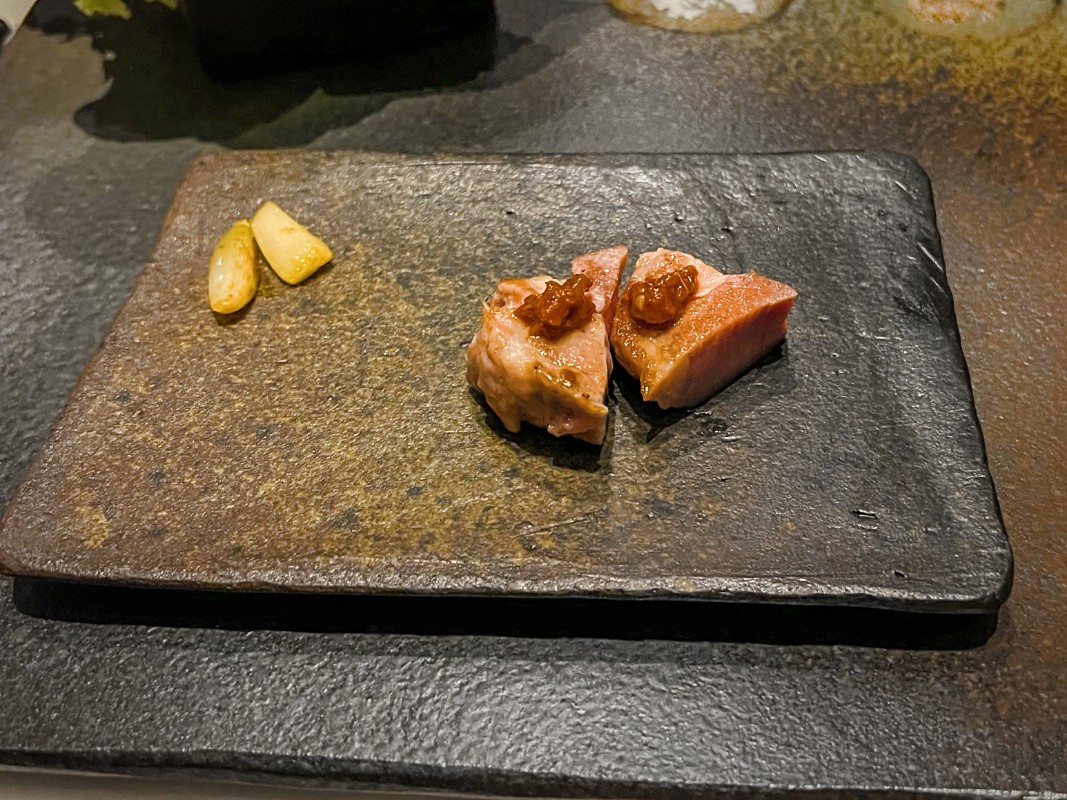
The Jeotgal + Pork was basically salted seafood on top of a pork collar. The pork had a fatty texture with a very earthy flavor to it. The jeotgal gave it some saltiness, so there wasn’t a need to dip it in any salt.
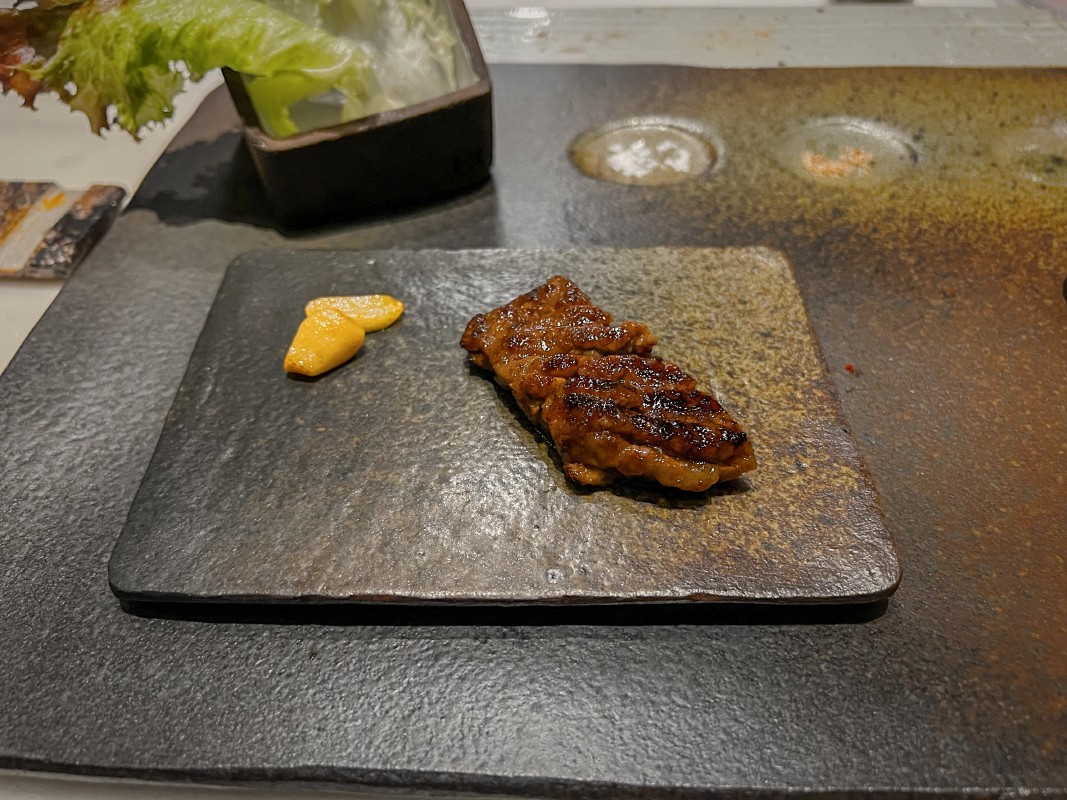
The Marinated Short Rib was by far the best meat of the night. This had a very lovely marinade with needed no salt or anything. It was super tender, fatty, and just delectable. I could eat this every day with rice.
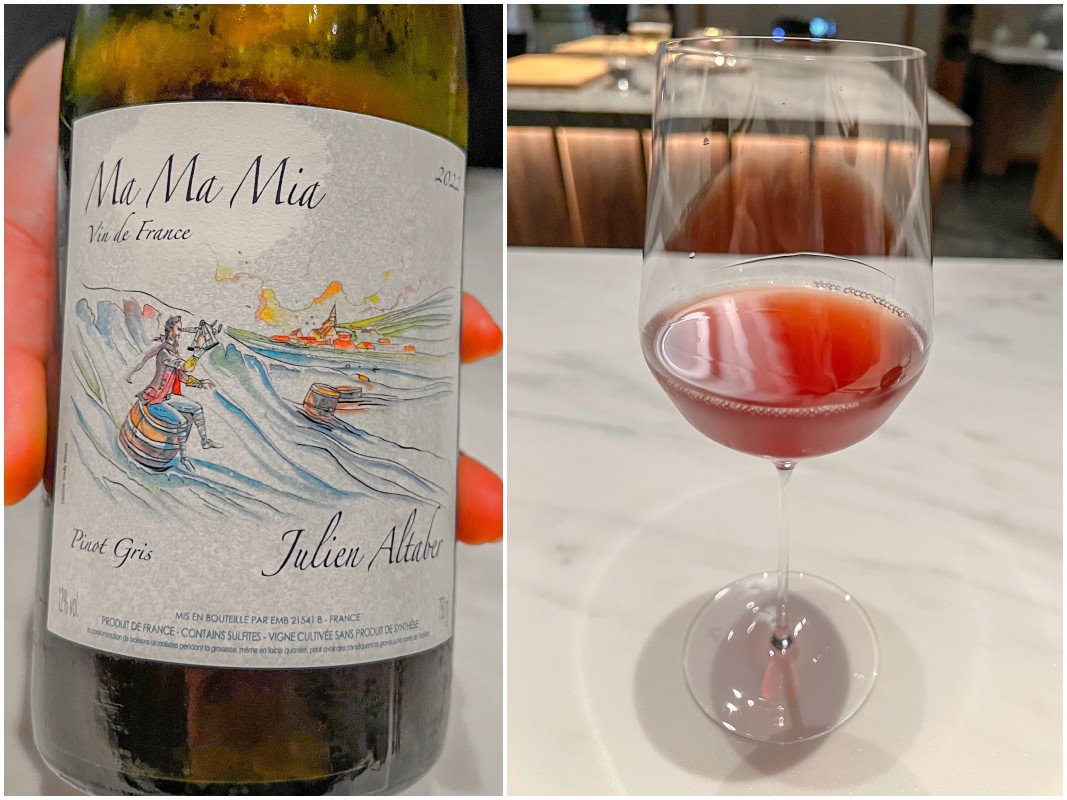
The sixth pairing was natural Pinot Gris “Ma Ma Mia”, skin contact wine, from Julien Altaber, Burgundy, France. This was absolutely fabulous, and I need to look for this wine at the store. It was easy to drink and had plenty of a wide range of citrus flavors to it.
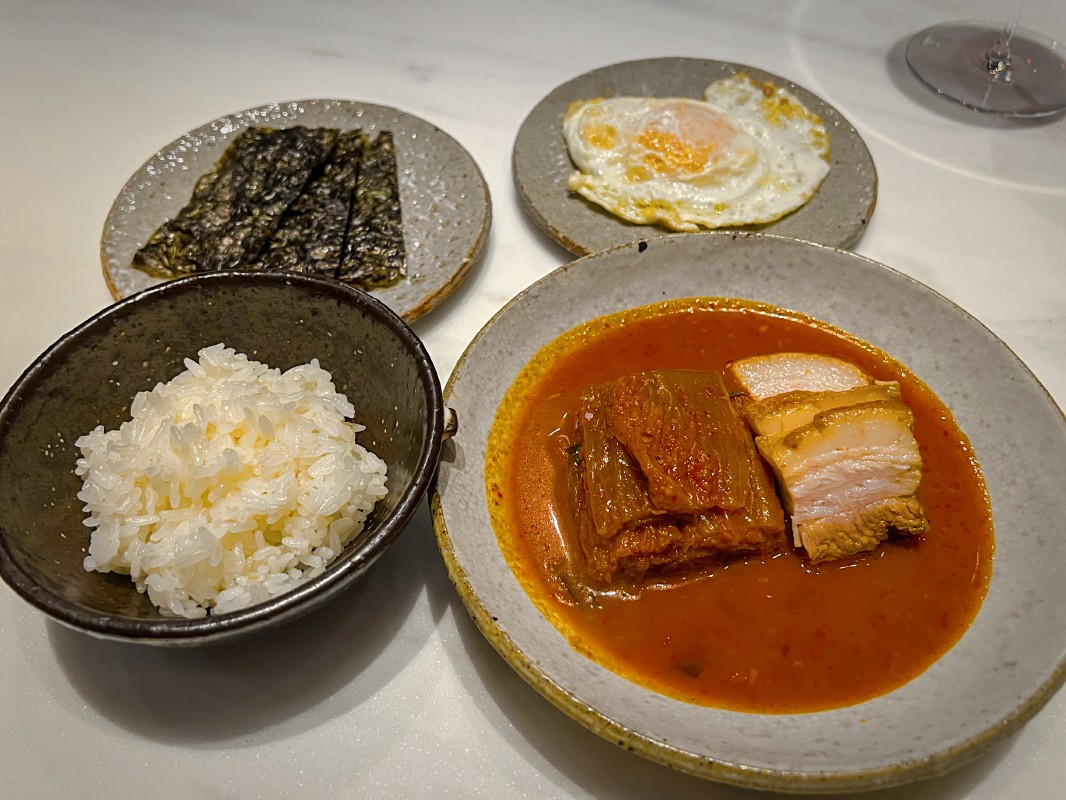
The Kimchi + Rice was the final savory course for the night. It had rice, fried egg, seaweed, and kimchi with pork. The kimchi was delicious because it was fermented heavily. The flavors come out very bold and sour.
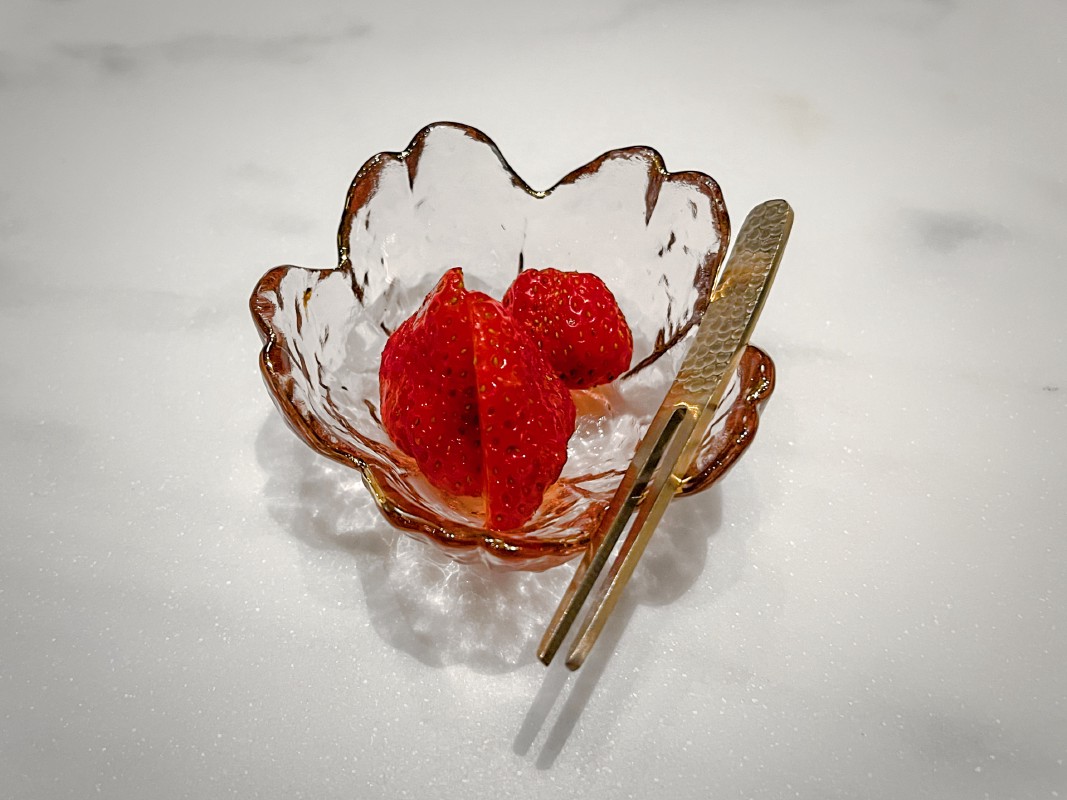
The Palette Cleanser was just a bunch of very natural organic strawberries. Deceptively small, these strawberries had plenty of flavor in each bite that not even larger strawberries can rival.
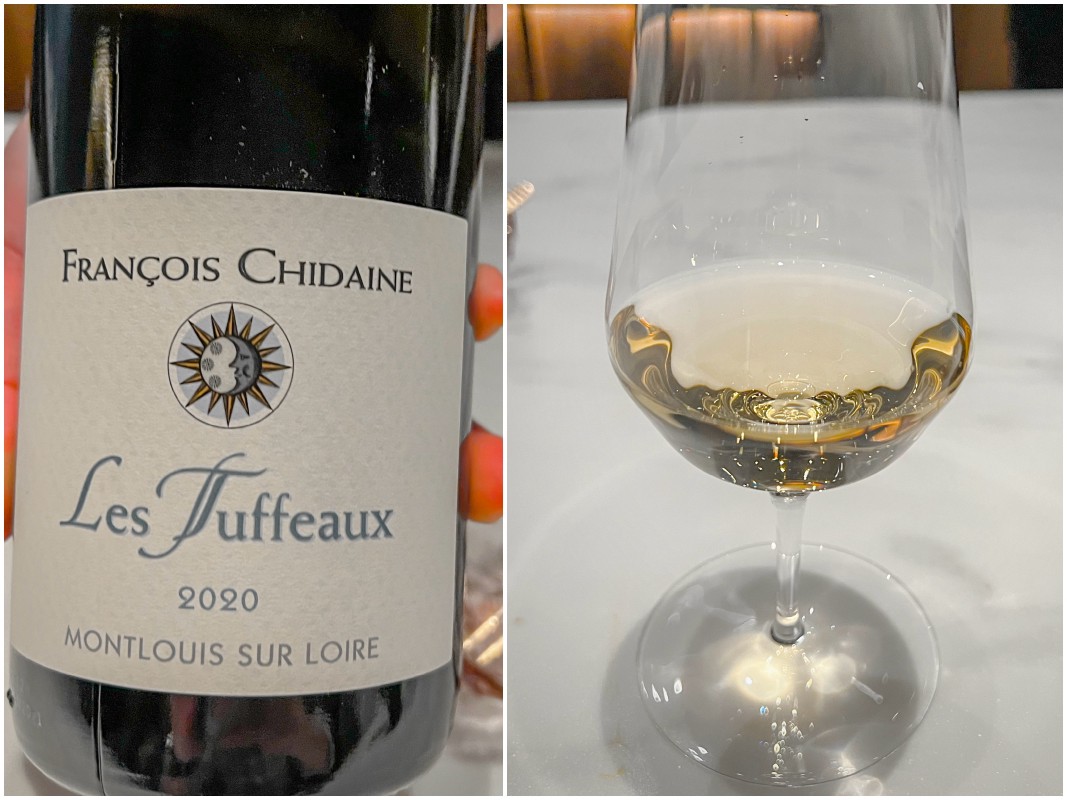
The seventh and final pairing was a dessert wine by François Chidaine, “Les Tuffeaux” from Montlouise Sur Loire. This was made with chenin blanc grapes. This offered a nice beautiful richness to both the nose and mouth that was very balanced.
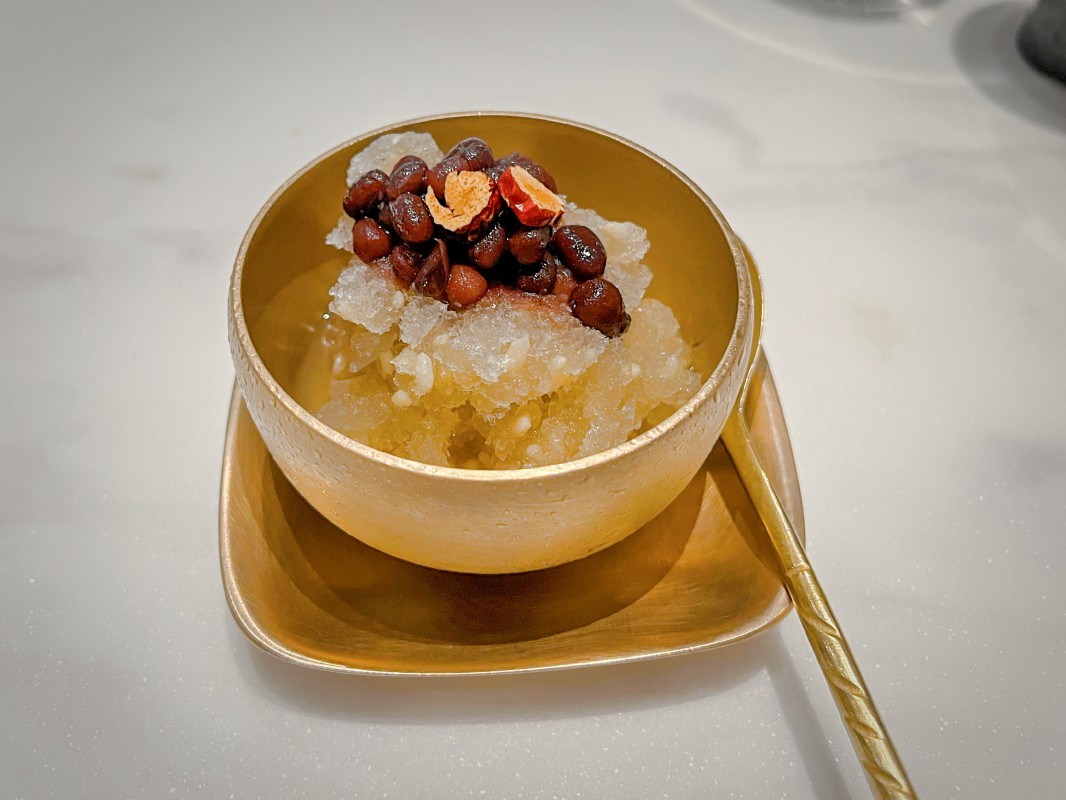
The Sikhye + Red Bean was cold and tasted excellent. Sikhye is basically a traditional sweet Korean drink made of fermented malt and rice. This ended up reminding us of Mexican horchata.
Overall Impression
Despite Meju not having hardcore French flair, the cook on the food was absolutely superb. I love fermentation, and this raises another level. If you want to try different fermentations as well as eating natural-flavored pro-biotic foods, Meju is a must go. And yes, the next day we felt great.
Yelp Jabs
I didn’t think I would be full but it was actually a lot of food, definitely more on the homey side. I enjoyed it a lot and the unique-ness of this place! The chef talked about fermentation a lot, and it was great to taste it against traditional foods.
This was one of the few times in our Michelin Star dining experiences where the chef really seemed to be proud of his culinary journeys so far, at least from a fermentation perspective. Fermentation is one of those things that Asians did to keep their food from rotting due to lack of appliances centuries ago. It’s great to see that generations continue to pass on their learnings.
Revisions
- Jun 1, 2024 - Initial revision.